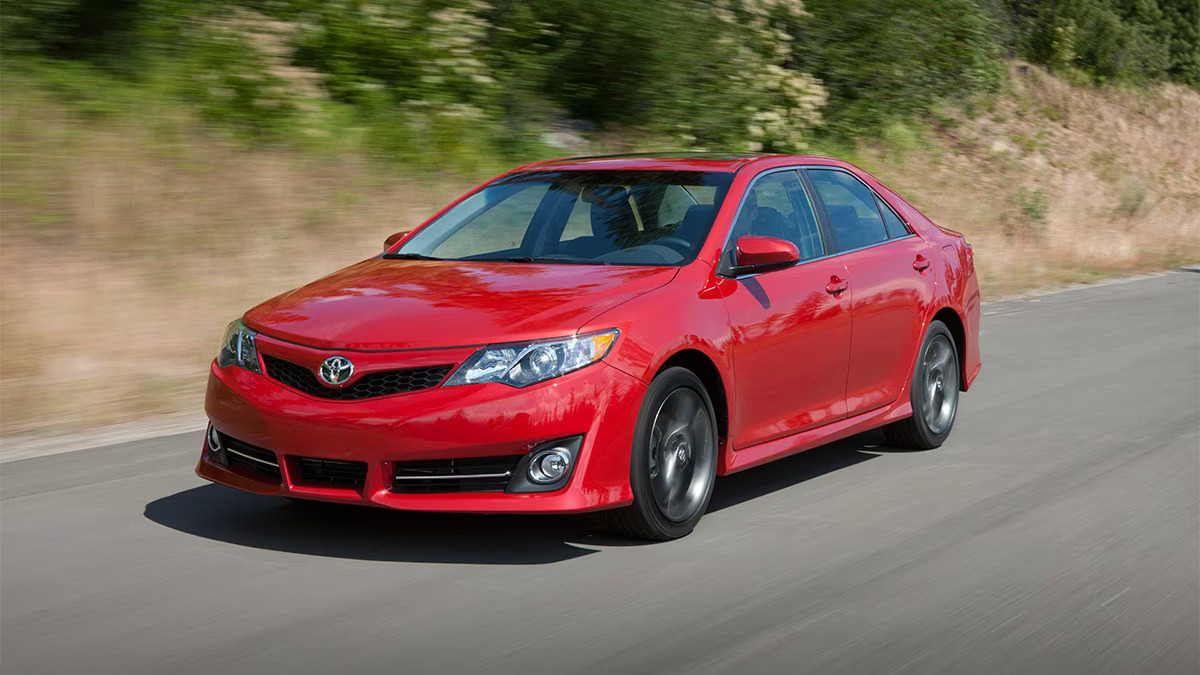In a world where flashy crossovers and high-tech electric vehicles dominate headlines, the humble sedan quietly continues to do what it’s always done best — get people from point A to point B dependably. For decades, sedans have been the backbone of daily driving, offering a perfect balance of comfort, efficiency, and affordability.
But not all sedans are created equal, especially when it comes to the kind of long-haul durability that takes a car past the 200,000-mile mark. Reaching that kind of mileage isn’t just a testament to the engine — it’s a measure of smart engineering, solid build quality, and a lack of major design flaws.
For drivers looking to get the most out of their vehicle investment, buying a sedan that can hold up over the long term is critical. Whether you’re shopping for new or used, the difference between a sedan that ages gracefully and one that becomes a mechanical money pit can be enormous, not only in terms of repair costs but also peace of mind.
Some sedans are practically legendary for surviving decades with basic maintenance, while others seem to fall apart as soon as the warranty ends. The difference often lies in the unseen: transmission durability, electrical system reliability, suspension design, and how well components hold up under real-world wear.
While many consumers rely on brand reputation or popular opinion, longevity is often a result of very specific model-year combinations, production quality, and smart ownership.
Some automakers hit the mark repeatedly — Honda, Toyota, and Lexus come to mind — while others have a mixed record, offering both gems and duds in the same product line. This makes choosing the right sedan even more important, especially if your goal is to drive it until the wheels nearly fall off—or better yet, never do.
On the flip side, some sedans might look appealing on the used market due to their low prices, sleek designs, or luxury features. But those benefits can be deceiving.
Some of these vehicles have inherent flaws that begin to show after 80,000 or 100,000 miles — and by the time they hit 150,000, they’re more liability than asset.
From failing transmissions and engine problems to weak suspension systems and electronic gremlins, these sedans are often found languishing in junkyards long before their time.
In this article, we’ll explore both sides of the coin. First, we’ll highlight five sedans that consistently prove themselves as high-mileage champions, known for staying strong and reliable well into six-digit mileage territory. Then, we’ll take a sobering look at five sedans that may seem fine on paper but often become scrap metal before hitting 200,000 miles.
Whether you’re hunting for a reliable commuter or trying to avoid a long-term money pit, this guide will help you make a smarter, more confident choice.
Also Read: How Taxi Fleets Choose Engines That Will Outlive the Drivers
5 Sedans That Are Still Solid After 200,000 Miles
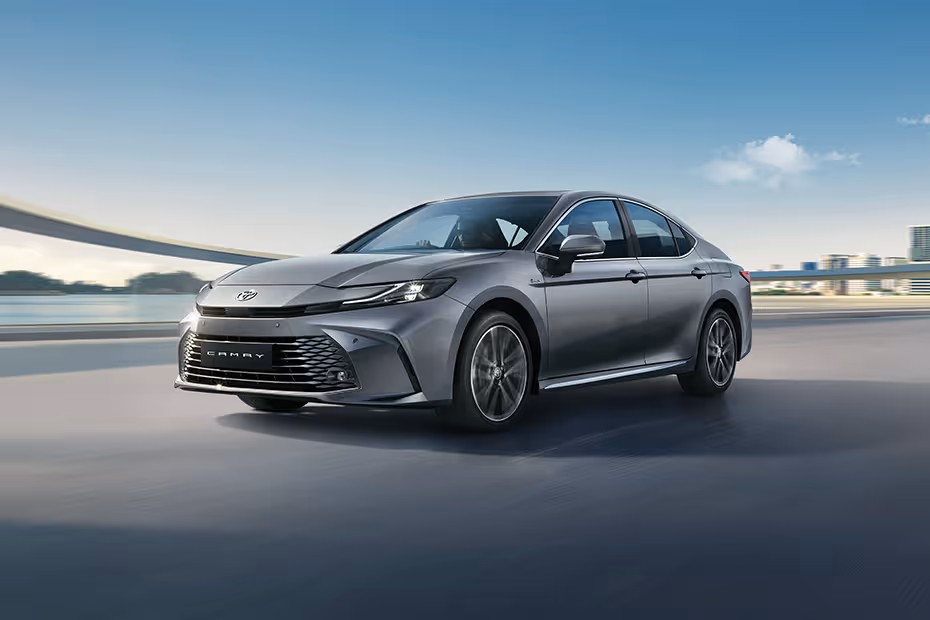
1. Toyota Camry (2002–2011)
The Toyota Camry has long been the poster child for reliability, and the 2002–2011 models exemplify why it’s one of the most recommended used sedans for high-mileage longevity.
During this era, Toyota perfected the formula: a simple, overbuilt engine, a smooth automatic transmission, and minimal electronic gimmicks. These Camrys were designed to last, and many are still being driven daily with well over 200,000 miles — some even approaching 300,000 — without major repairs.
The available 2.4-liter four-cylinder engine, in particular, is known for being nearly indestructible when properly maintained. With routine oil changes and timing belt service (where applicable), this powerplant can run for decades.
Toyota’s attention to detail also extends to the transmission, which rarely sees failure in non-abused vehicles. While the V6 models are also durable, the four-cylinder tends to be the longest-lasting due to its simplicity and fewer moving parts.
Part of what makes the Camry so dependable is its conservative engineering. There’s no turbocharger to worry about, no overly complex electronics, and no specialized maintenance requirements.
Everything about the Camry was designed to be accessible to average drivers and mechanics alike. That means repairs, when needed, are usually straightforward and affordable, making ownership costs low even after the warranty has long expired.
Interior quality in these years was also surprisingly good. While not luxurious, the materials used in the dash, door panels, and seats hold up well over time.
With regular care, these Camrys resist the sagging headliners, cracked dashboards, and electrical faults that plague many other sedans at this age. Climate control systems, power windows, and even original radios often keep working well into the vehicle’s third decade.
It’s no surprise that used Camrys of this era often come with high mileage and still fetch decent prices. That’s because buyers understand what they’re getting: a dependable, no-nonsense car that was built to last. If your goal is to hit 200,000 miles without breaking the bank, the 2002–2011 Toyota Camry should be near the top of your list.
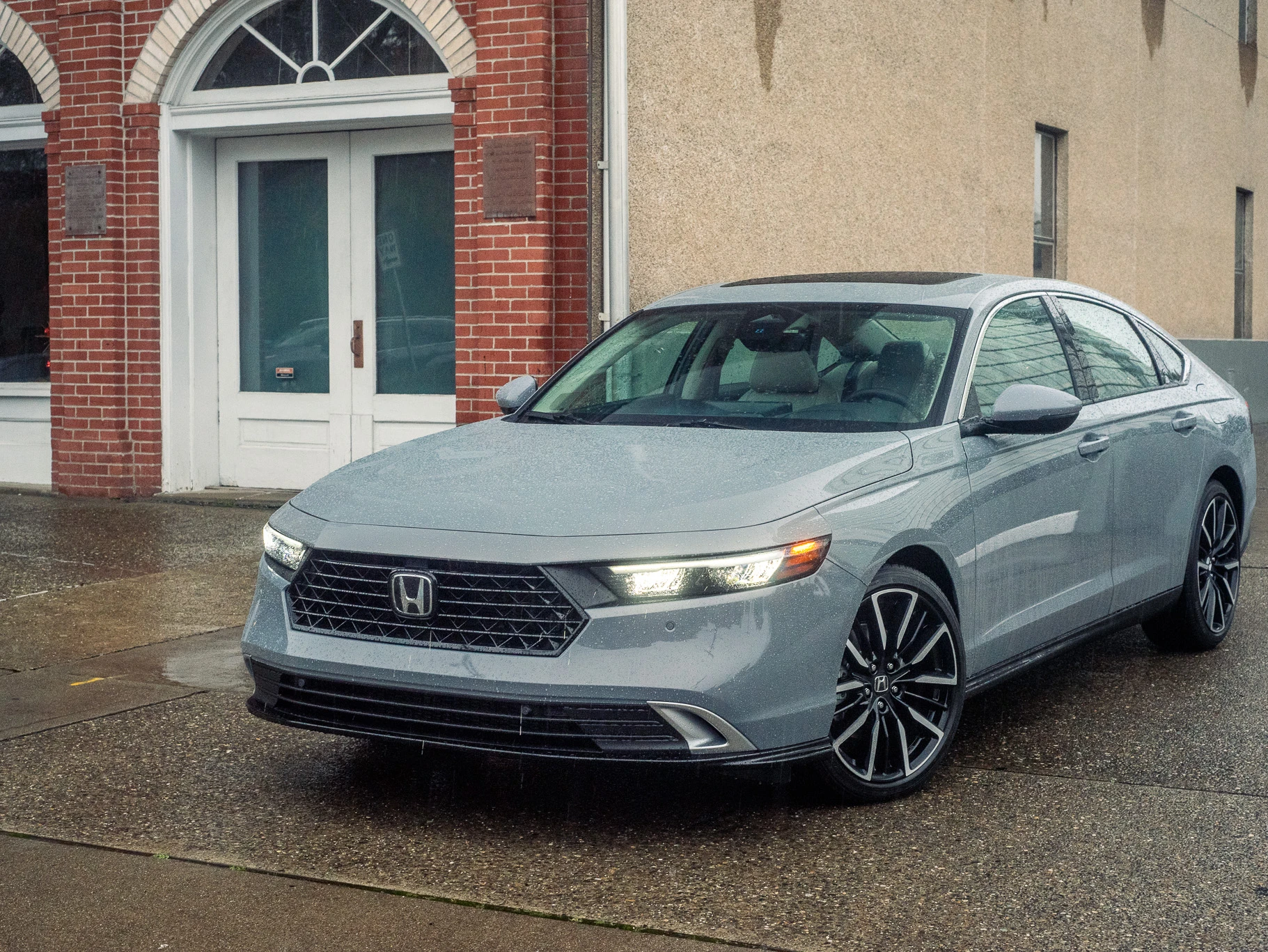
2. Honda Accord (2003–2012)
The Honda Accord is another legend in the high-mileage game, especially the models built between 2003 and 2012. These sedans are everywhere — and not by accident.
Honda’s reputation for bulletproof engineering is well-earned, and during this period, the Accord struck an exceptional balance between performance, comfort, and long-term durability. Whether equipped with the inline-four or the more powerful V6, the Accord has proven itself capable of sailing past the 200,000-mile mark with ease.
The 2.4-liter four-cylinder engine used in this generation is particularly renowned for its reliability. With proper maintenance — namely, regular oil changes, valve adjustments, and coolant flushes — this engine can run seemingly forever.
Unlike many modern engines, it doesn’t rely on turbos or complex emissions equipment that’s prone to failure. The five-speed automatic transmission paired with this engine is also relatively trouble-free, especially in later model years after early issues were ironed out.
Drivers who opted for the V6 found a more powerful but still long-lasting option, though it came with a bit more maintenance. The 3.0-liter V6 offered excellent acceleration and highway cruising ability, and while early 2003–2004 models had some transmission issues, later versions (2005 and up) were much improved.
With fluid changes and cautious driving, even these V6 Accords can last beyond 200,000 miles without serious issues.
Honda also invested in interior quality and ergonomic design, making the Accord not only durable but also pleasant to drive. Dashboards rarely crack, controls stay functional, and the suspension maintains comfort over long distances.
Many owners report minimal rattles and excellent HVAC performance even at high mileage. It’s one of the few sedans in its class that truly feels “tight” and composed even after years of use.
Perhaps the most telling sign of the Accord’s reputation is how often you see older models still on the road — often with faded paint but smooth-running engines. These cars are frequently passed down within families or bought and sold multiple times, continuing to deliver reliable service to each new owner.
If you’re looking for a sedan that offers an almost unbeatable mix of reliability and driving engagement, the 2003–2012 Honda Accord is a no-brainer.
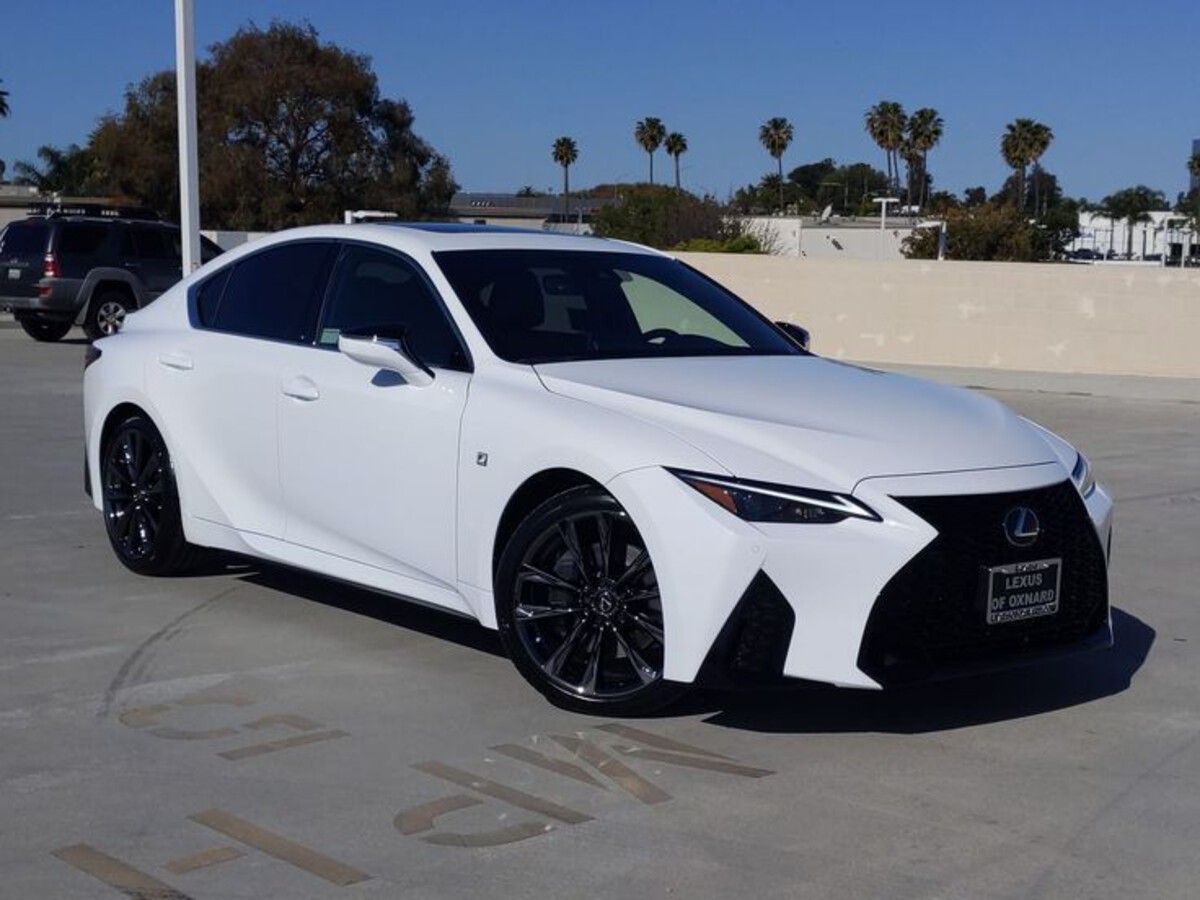
3. Lexus ES 350 (2007–2015)
The Lexus ES 350 is a luxury sedan that proves comfort and long-term durability don’t have to be mutually exclusive. Built on the same dependable platform as the Toyota Camry, the ES 350 combines Toyota’s world-class reliability with Lexus’s refined design.
Models from 2007 to 2015 have shown an incredible ability to go well beyond 200,000 miles without significant mechanical issues, making them one of the smartest used luxury buys on the market.
At the heart of the ES 350’s durability is its 3.5-liter V6 engine (the 2GR-FE), one of Toyota’s most successful and long-lasting powertrains. This engine, shared across multiple Toyota and Lexus vehicles, is known for its smooth performance and resistance to major issues.
It doesn’t have the oil consumption problems of older engines or the turbo-related complications of many competitors. When properly maintained, this V6 can run for 300,000 miles or more without internal work.
Transmission performance is equally impressive. The six-speed automatic found in this era of ES 350 is refined and rarely fails when fluid changes are kept on schedule.
Owners often report smooth shifting even after a decade or more of daily driving. The car’s front-wheel-drive layout also means fewer drivetrain components that might wear out, and easier access for repairs when needed.
Inside, Lexus’s attention to material quality pays off. The ES 350 cabin resists wear better than many premium rivals. Leather seats, switchgear, and trim panels retain their appearance well into old age, giving the car a “like new” feeling even at high mileage.
Electrical systems and features like seat memory, climate control, and navigation tend to stay functional long after other luxury cars start developing frustrating bugs.
The ES 350’s combination of rock-solid mechanical reliability, comfort, and upscale design makes it a rare breed. It’s not flashy or sporty, but if your goal is to drive a refined, quiet sedan for 200,000 miles and beyond without breaking the bank on maintenance, it’s hard to do better than this Lexus. It’s the luxury car you don’t have to worry about.
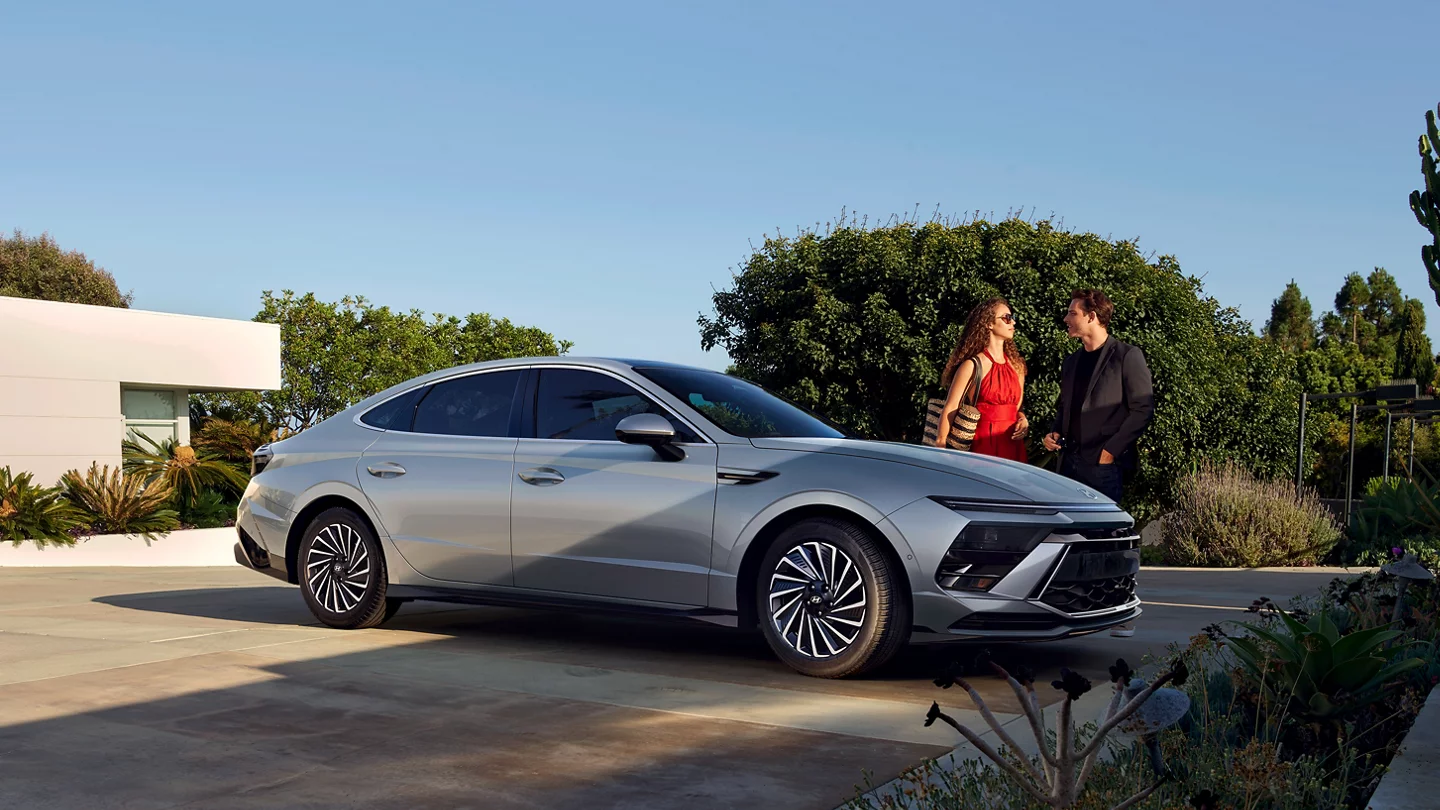
4. Hyundai Sonata (2011–2014)
The Hyundai Sonata might not have always been associated with long-term durability, but the 2011–2014 models marked a turning point. This generation helped change perceptions of Hyundai as a budget brand and showed the world that it could compete seriously on quality, performance, and longevity.
Many Sonatas from this era are still going strong past 200,000 miles, especially those equipped with the naturally aspirated 2.4-liter four-cylinder engine.
The 2.4L GDI engine was a workhorse that offered solid fuel economy and dependable performance. It did not rely on turbocharging, which helped avoid many of the oil and heat-related problems that plagued some of Hyundai’s later turbo engines. When serviced regularly with high-quality oil and timely coolant flushes, this powertrain delivers consistent performance and low operating costs for years.
Transmission quality in the Sonata also improved during this era. The six-speed automatic was generally smooth and durable, offering reliable shifts and good highway fuel economy.
While not completely immune to wear, this transmission rarely suffers catastrophic failure when fluid changes are performed on schedule. It was a vast improvement over older Hyundai gearboxes and a key factor in the Sonata’s newfound durability.
Hyundai also worked hard on improving interior quality. Soft-touch materials, improved seat construction, and better assembly quality all helped extend the lifespan of these vehicles.
Many owners report that the cabin holds up surprisingly well, even after a decade of daily commuting. The infotainment systems are basic by today’s standards but remain functional, and key components like HVAC controls and door switches are rarely problematic.
Perhaps the Sonata’s biggest advantage is value. These sedans can often be found for thousands less than equivalent Toyotas or Hondas, yet they deliver similar reliability when properly maintained.
If you’re looking for a reliable daily driver on a budget — and you’re willing to be diligent with maintenance — the 2011–2014 Hyundai Sonata can easily make it past the 200,000-mile milestone without draining your wallet.
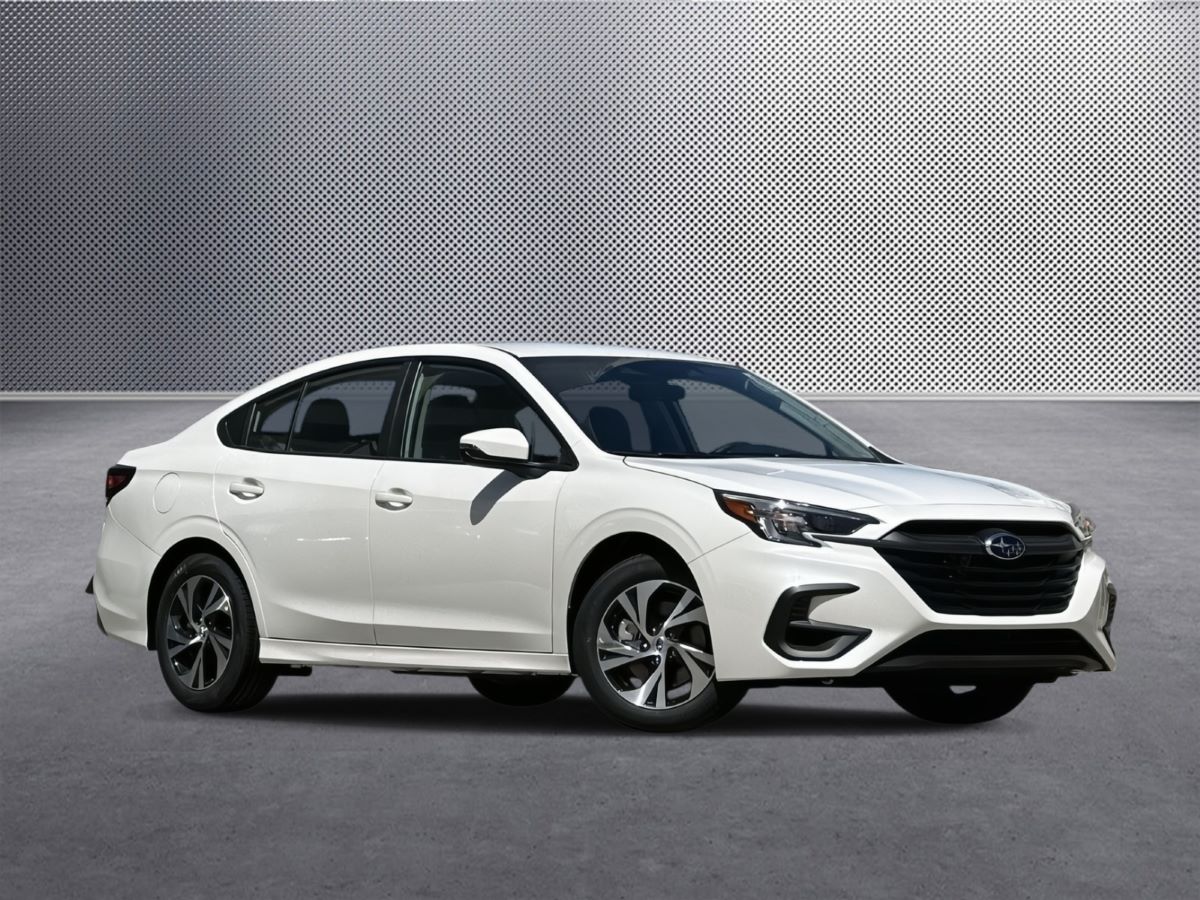
5. Subaru Legacy (2010–2014)
The Subaru Legacy isn’t just a high-mileage survivor — it’s also one of the only sedans that comes standard with all-wheel drive, making it a go-to option for drivers in snowy or rural areas.
The 2010–2014 generation, in particular, has proven itself to be a solid long-term companion for those who value capability and endurance. With a reputation for sturdy construction and dependable flat-four engines, these Legacies are known for comfortably clearing 200,000 miles with proper care.
The 2.5-liter naturally aspirated four-cylinder engine found in most models from this era is the real hero. It’s a relatively simple boxer engine that prioritizes reliability over high performance.
With routine oil changes and regular timing belt replacement, it’s capable of running strong for years. The flat design also contributes to a lower center of gravity, enhancing handling stability while distributing stress more evenly across the engine bay.
While earlier Subarus were infamous for head gasket issues, Subaru addressed those problems with redesigned gaskets and improved sealing techniques starting in this generation.
Owners of 2010+ models report far fewer instances of leaks or overheating, making these vehicles significantly more dependable than their late-2000s predecessors. The switch to synthetic oil and better coolant systems also helped reduce engine stress over the long haul.
The CVT transmission introduced in this generation received mixed reviews early on, but many have proven surprisingly durable over time.
As long as fluid is changed every 60,000 miles and the vehicle isn’t overloaded or abused, the CVT performs reliably. Subaru also updated software and internal components across production years to improve longevity. Manual transmission versions, though rare, are also bulletproof.
From a structural and interior standpoint, the Legacy is built tough. The unibody frame resists corrosion better than many competitors, and the interior materials, while not luxurious, tend to age gracefully.
For buyers in cold-weather regions or anyone looking for a durable all-wheel-drive sedan that won’t quit after 150,000 miles, the Subaru Legacy of this era is an outstanding choice.
5 Sedans That Are Scrap After 200,000 Miles
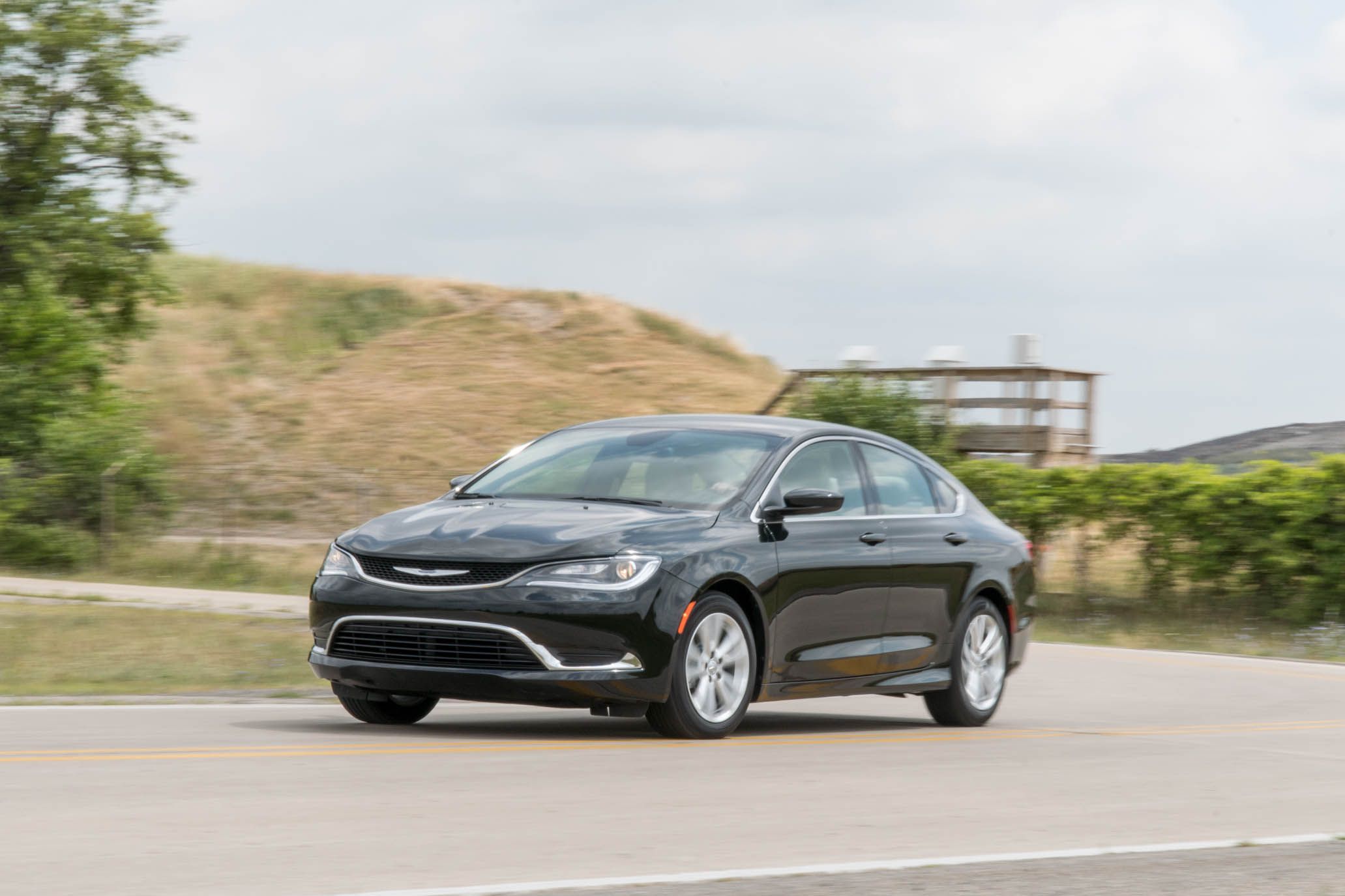
1. Chrysler 200 (2011–2017)
The Chrysler 200 was intended to be a rebirth of the American midsize sedan, but in reality, it became a poster child for mechanical unreliability and premature aging.
While it offered sleek styling and a relatively low price tag, the 200 struggled from the beginning with quality control, poorly matched drivetrains, and a laundry list of durability issues. Few Chrysler 200s make it anywhere near 200,000 miles without significant repairs — and many don’t make it to 150,000.
The most significant issue lies with the transmission. Chrysler equipped many 200s with the ZF nine-speed automatic, which was plagued by jerky shifts, software bugs, and internal wear problems.
These transmissions frequently failed well before reaching high mileage, often requiring full replacements that cost more than the car’s value on the used market. Chrysler issued multiple technical service bulletins (TSBs) but never fully resolved the reliability concerns.
The engine options didn’t fare much better. The 2.4-liter “Tigershark” four-cylinder suffered from oil consumption issues and poor refinement, while the optional 3.6-liter Pentastar V6, though powerful, was often undermined by transmission mismatches and cooling system flaws.
Overheating, cylinder head issues, and early wear were not uncommon, especially in vehicles that weren’t obsessively maintained.
Interior durability also left much to be desired. The cabin materials wore quickly, electronics were glitchy, and build quality felt inconsistent even in low-mileage vehicles.
HVAC systems, infotainment units, and even basic electrical components like window regulators were frequent problem areas. Over time, the car’s age showed dramatically, not just cosmetically, but structurally.
In the end, the Chrysler 200 proved to be a short-lived attempt at competing with segment leaders, and its mechanical issues ensured its short lifespan. Many examples end up in salvage yards well before reaching 200,000 miles. If you’re looking for a sedan that will go the distance, the 200 is one you’ll almost certainly regret owning once it’s out of warranty.
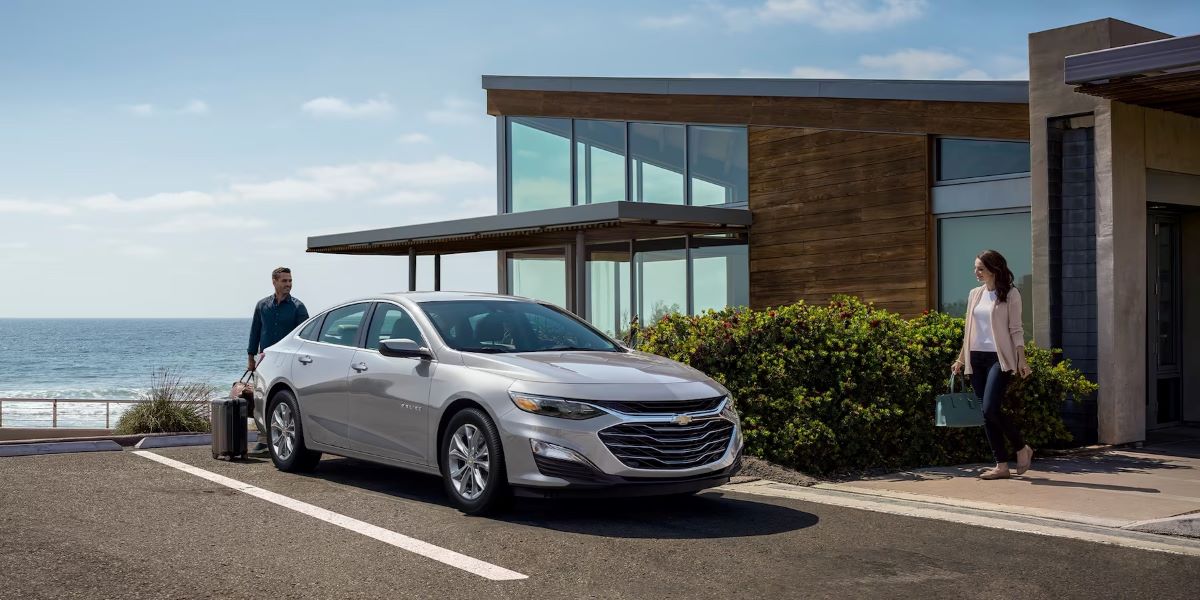
2. Chevrolet Malibu (2004–2012)
The Chevrolet Malibu during the 2004–2012 period looked promising on paper. It was affordable, stylish for the time, and backed by a recognizable American brand. But beneath that modest appeal was a sedan riddled with reliability concerns and poor long-term engineering.
While some Malibu owners report moderate success, the majority who try to push these cars beyond 150,000 to 200,000 miles are met with frustration, recurring repairs, and serious mechanical breakdowns.
A major area of concern lies in the Ecotec four-cylinder engine, which was known for timing chain issues, oil leaks, and valve problems as mileage increased. In higher-mileage examples, these engines frequently burn oil or misfire, especially if owners neglected even minor maintenance.
The V6 variants also had their share of problems, including failure-prone intake gaskets and erratic throttle body behavior.
The automatic transmissions used in these Malibus — particularly the 4T40 and 6T40 series — are another weak spot. These gearboxes often develop hard shifting, slipping, and internal wear around 100,000 to 130,000 miles.
Fluid changes helped extend life slightly, but for many owners, it was a matter of “when,” not “if,” they’d need a costly rebuild or replacement — a death sentence for a car with already-low resale value.
Then there’s the electronics. Malibus from this era were notorious for failing electrical systems. Problems ranged from randomly malfunctioning radios and dashboard clusters to faulty power steering modules that would intermittently cut out, causing safety concerns. GM issued several recalls, but not all owners benefited, especially those who bought used after the warranty expired.
Interior wear also progresses quickly on these cars. Cloth seats tear, dashboard materials degrade, and trim pieces become loose or fall off. It doesn’t take long for a Malibu to feel — and sound — like it’s falling apart.
In the end, what starts as a decent commuter becomes an unreliable, high-maintenance burden. Few of these sedans reach 200,000 miles without at least one major, wallet-draining repair — and for that reason, many don’t make it at all.
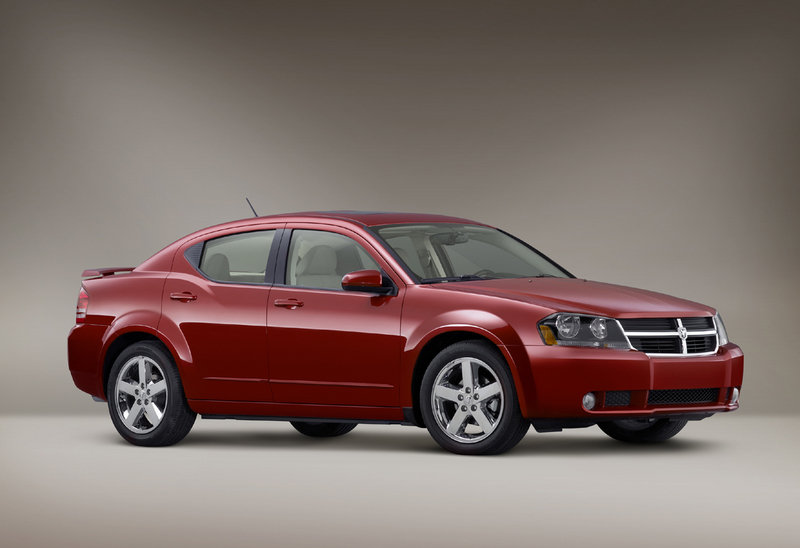
3. Dodge Avenger (2008–2014)
The Dodge Avenger was Chrysler’s attempt to appeal to younger buyers with an affordable, aggressive-looking sedan. Unfortunately, it turned out to be one of the worst bets for long-term reliability.
Despite its bold styling, the Avenger was poorly executed under the skin, with drivetrain, suspension, and interior issues that kept it from being a lasting investment. Very few Avengers are seen thriving past 200,000 miles, and most are long gone by that point.
The four-cylinder engine, while simple in design, was underpowered and prone to poor oil circulation, often leading to premature wear or failure.
The optional V6 offered more muscle but came with added complexity and inconsistent reliability. Common complaints included rough idling, misfires, and erratic sensor behavior. Engine mounts were another weak point, often failing early and contributing to increased vibration and discomfort inside the cabin.
The automatic transmissions were mediocre at best. Shifts were often unrefined, even when new, and over time, wear and solenoid failures became common.
Drivers frequently reported transmission failure around the 120,000-mile mark, with some requiring full replacements before reaching 100,000 miles. Dodge’s patchwork approach to transmission control module software didn’t help matters.
Interior quality in the Avenger was particularly poor. Cheap plastics dominated the cabin, and the upholstery deteriorated quickly. HVAC systems were known to fail, dashboards cracked under heat exposure, and rattles developed throughout the interior as early as 60,000 miles.
Many owners noted that the car aged prematurely, both visually and mechanically. The Avenger was ultimately discontinued in 2014, and its reputation was a large part of the reason why.
Although you can find used examples for dirt-cheap prices, there’s a reason: most haven’t aged well. Between persistent engine troubles, failing electronics, and a cheaply built interior, this is a sedan best avoided if your goal is long-term durability.
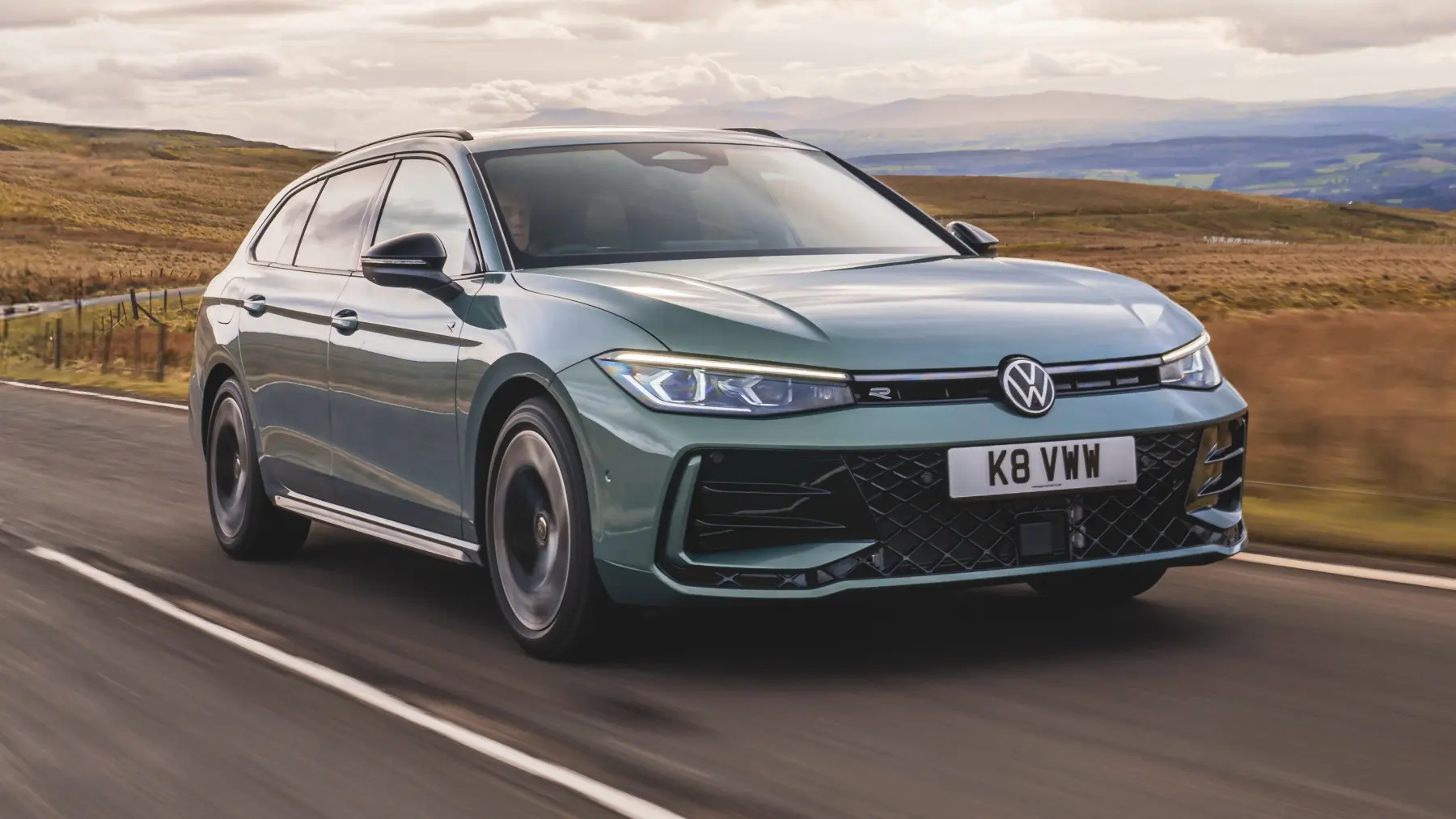
4. Volkswagen Passat (2006–2013)
Volkswagen has built a reputation for combining performance and premium feel in its vehicles, but reliability, especially past 150,000 miles, has long been its Achilles heel.
The Passat, particularly between 2006 and 2013, serves as a textbook example. While it offers an upscale driving experience and refined interior, it suffers from serious long-term mechanical and electrical issues that make ownership past 200,000 miles both expensive and risky.
The turbocharged four-cylinder engines in many of these models are known for timing chain tensioner failures, oil consumption, and carbon buildup in the intake valves.
These issues often become severe after 100,000 miles and can cost thousands to repair. Although the engine is capable of high performance, it requires obsessive maintenance — something many second or third owners don’t realize until it’s too late.
The DSG and Tiptronic automatic transmissions are also complex and costly to service. While they perform well when functioning, they’re sensitive to fluid conditions and driving habits.
Neglect can lead to harsh shifting, slipping, and eventual failure. VW recommends fluid changes every 40,000 miles, but many drivers are unaware, which leads to long-term damage and repair costs that exceed the car’s value.
Beyond the powertrain, the Passat’s electrical systems are a notorious pain point. Sensors, wiring harnesses, window regulators, and control modules frequently fail, leading to “Christmas tree” dashboards full of warning lights.
Diagnosing these issues often requires specialized tools and knowledge, driving up repair bills even for seemingly minor faults. The cabin itself, while comfortable and upscale, doesn’t age well either. Switches peel, leather cracks, and climate systems become unreliable.
The complexity of the car adds to labor costs, and even routine repairs often require removing multiple panels or modules. As a result, many Passats from this era end up on Craigslist or in junkyards by the time they reach 180,000 miles, and very few ever make it to 200,000 without significant investment.
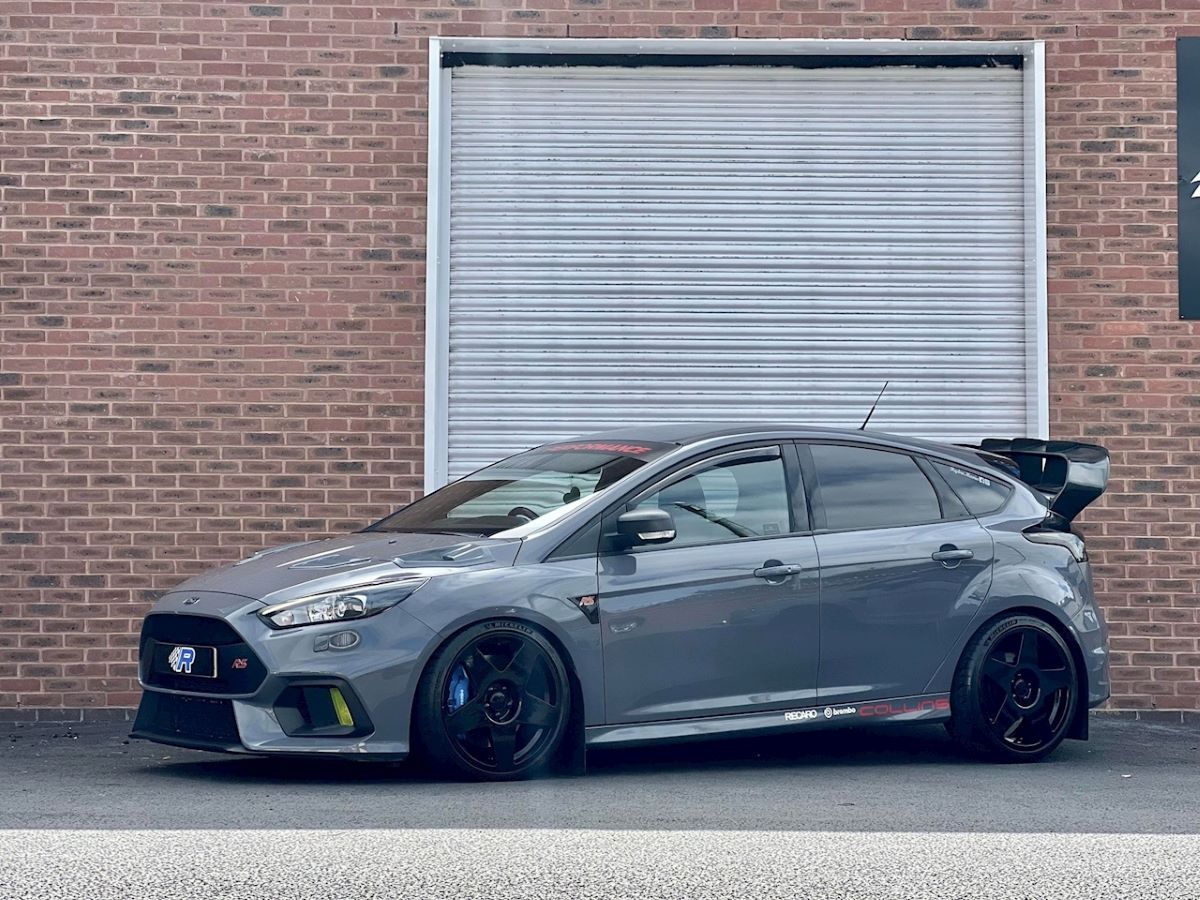
5. Ford Focus (2012–2018)
The Ford Focus from this era may have been a global best-seller, but its legacy is tarnished by one of the most infamous transmission debacles in recent automotive history.
While fuel-efficient and stylish on the surface, the Focus hides a host of problems under the hood — the biggest being the PowerShift dual-clutch transmission, which has plagued countless owners and led to lawsuits, buybacks, and early retirements of these sedans.
Designed to function like a manual transmission with automatic convenience, the PowerShift gearbox was a great idea — in theory. In practice, it became a nightmare.
Owners complained of harsh jerking, delayed engagement, shuddering, and total failure — often before hitting 75,000 miles. Ford issued multiple software updates and even replaced some units under warranty, but the problems persisted for many.
Beyond the transmission, the Focus also had issues with electrical components and sensors. Faulty door latches, failing control modules, and unpredictable throttle response all contributed to a frustrating ownership experience. Even models with the manual transmission (which was more reliable) weren’t immune to these broader quality concerns.
Interior quality also suffered. While initially attractive, the materials wore poorly over time. Buttons faded, seats tore easily, and plastic trim warped or creaked as the car aged. Suspension components were another weak point, especially bushings and sway bar links, which often needed replacement well before the car hit 100,000 miles.
By the time a 2012–2018 Focus approaches 150,000 miles, most owners have already faced at least one major repair. Reaching 200,000 miles requires either a rare, well-maintained manual-transmission version or a wallet ready to absorb thousands in transmission and electrical repairs. For most drivers, it simply isn’t worth the gamble.
Also Read: 5 Cars With Factory-Fitted Storage Totes That Add To Practicality
When it comes to sedans, long-term value isn’t just about sticker price or initial performance — it’s about how a vehicle holds up under the pressure of daily life, thousands of highway miles, harsh climates, and years of wear.
As we’ve explored in this article, the difference between a sedan that gracefully cruises past 200,000 miles and one that falls apart before reaching that milestone often comes down to build quality, engineering priorities, and long-term manufacturer support. Simply put, not all cars are made to last, and some become money pits long before their odometers hit six digits.
The five sedans that made it onto the “still solid” list are there for good reason. The Toyota Camry, Honda Accord, Lexus ES 350, Hyundai Sonata, and Subaru Legacy all earned their reputations through years of dependable performance and relatively low ownership costs.
These vehicles were built with longevity in mind, using tried-and-true engines, solid transmissions, and interior materials that hold up.
More importantly, their designs prioritized reliability over trendiness, and that pays dividends over time. When maintained properly, these sedans routinely reach 200,000, 250,000, or even 300,000 miles, making them some of the best automotive investments around.
On the flip side, the sedans we categorized as “scrap” often looked appealing at the time of purchase, thanks to sleek designs, aggressive pricing, or clever marketing. But the Chrysler 200, Chevrolet Malibu, Dodge Avenger, Volkswagen Passat, and Ford Focus all share one major flaw: a lack of long-term durability.
Whether due to fragile powertrains, faulty electronics, or poor-quality interiors, these vehicles tend to deteriorate quickly once the miles rack up. For budget-conscious buyers looking for dependable transportation, these sedans often turn out to be costly mistakes.
This isn’t to say that every single vehicle from a “bad” model line is doomed. With meticulous care and a little luck, any car might survive longer than expected. But statistically speaking, reliability trends don’t lie — and the majority of owners of these problematic sedans report major failures well before hitting the 200,000-mile mark.
In contrast, the most trusted sedans routinely show up on the road with faded paint but healthy engines and transmissions, quietly doing their job day in and day out.
If you’re shopping for a sedan and plan to keep it long-term, your smartest move is to look beyond flashy features or short-term savings. Focus on models with proven track records, wide parts availability, and simple, robust engineering.
A good sedan will not only save you money over time but also offer peace of mind, and that’s something you can’t put a price on. Whether you’re commuting, road-tripping, or passing it down to a teenager, a reliable car that crosses 200,000 miles without drama is worth every penny.

